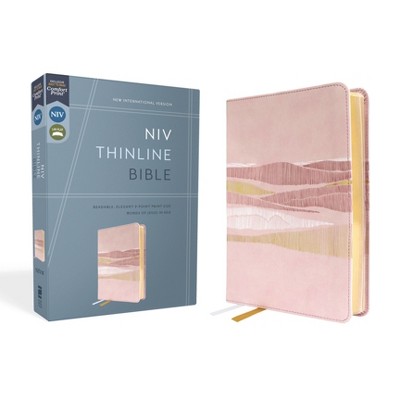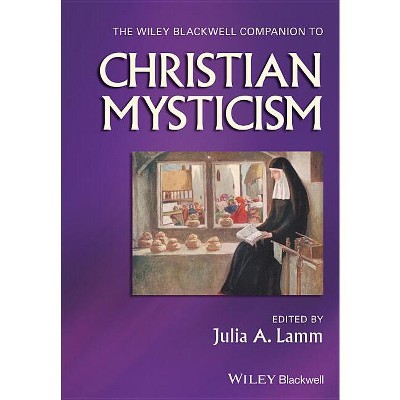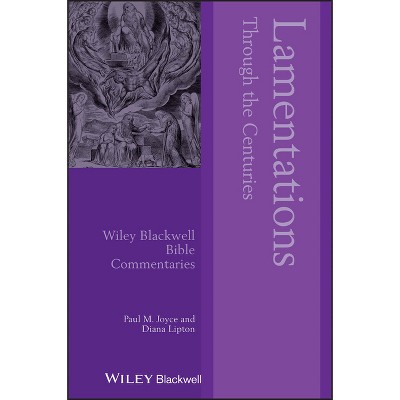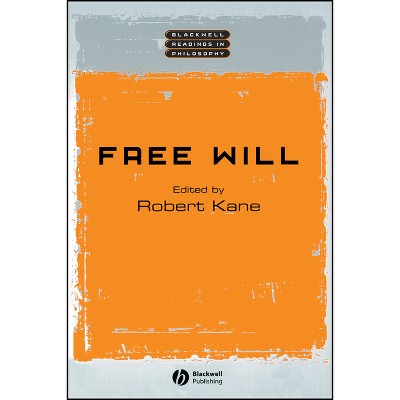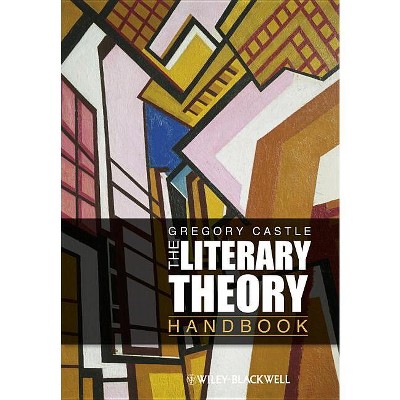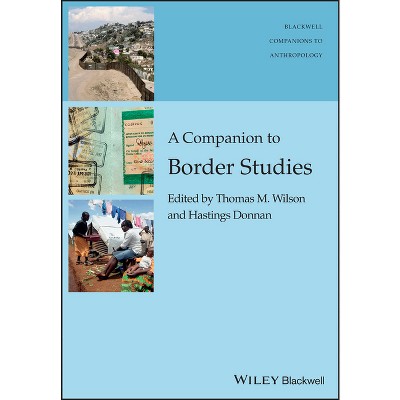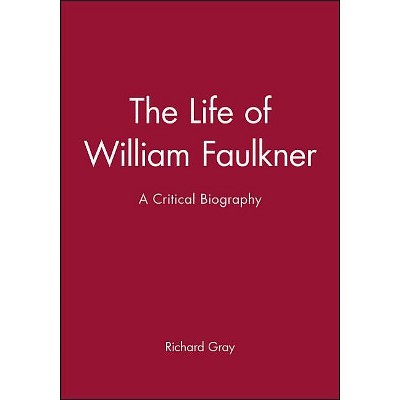Mesoamerican Archaeology - (Wiley Blackwell Studies in Global Archaeology) 2nd Edition by Julia A Hendon & Lisa Overholtzer & Rosemary A Joyce

About this item
Highlights
- A unique and wide-ranging introduction to the major prehispanic and colonial societies of Mexico and Central America, featuring new and revised material throughout Mesoamerican Archaeology: Theory and Practice, Second Edition, provides readers with a diverse and well-balanced view of the archaeology of the indigenous societies of Mexico and Central America, helping students better understand key concepts and engage with contemporary debates and issues within the field.
- About the Author: Julia A. Hendon is Professor of Anthropology at Gettysburg College, Pennsylvania, USA.
- 432 Pages
- Social Science, Archaeology
- Series Name: Wiley Blackwell Studies in Global Archaeology
Description
About the Book
"In the seventeen years since the first edition of Mesoamerican Archaeology: Method and Theory was published, our goal of providing theoretically sophisticated and data rich explorations of important topics for a non-specialist reader, written by the researchers themselves, has proved successful. When approached by Wiley-Blackwell to edit a second edition, the original coeditors, Julia Hendon and Rosemary Joyce, agreed that the chance to incorporate new research by an international array of scholars was not to be missed. The first move was to add Lisa Overholtzer as editor. The three of us approached some authors from the first edition who agreed to update or rewrite their chapters. We then invited new contributors whose work reflects current research trends in Mesoamerican archaeology. For this edition we purposefully included a chapter on bioarchaeology and three chapters that include the Colonial period in their discussions. As with the first edition, this book is intended to be useful for anyone teaching Mesoamerican archaeology, whether as the sole subject of a course, or as one case study among others in courses dealing with archaeology of the Americas, complex societies, or other topics. We also expect that it will be of interest to any reader who wants a sample of contemporary research on the major time periods and societies that are the focus of Mesoamerican archaeology. Because this book is a departure from other models for introductory texts, it is appropriate for us to briefly explain what it is, and is not, and to suggest how we hope it might be incorporated into the classroom. All three of us teach material from the field of Mesoamerican archaeology in basic introductory courses and more advanced offerings. As active researchers who each have developed and led our own field projects, we find ourselves struggling to provide students with a sense of the research process. In particular, we think it is important for students to see that changes in archaeological understanding (or differences in opinion, as illustrated by some of the essays included here) are a constructive part of the research process. They reflect the mechanisms through which our discipline debates explanations, puts them to the test against existing and new data, and gradually revises them. Too often, we find that students (and people outside the academy interested in archaeology) have the impression, especially from media coverage, that changes in interpretation result from violent rejection of earlier ideas, represented as poorly conceived, foolish, or examples of bad work. We do not think that representing archaeology as a kind of winner-takes-all contest is very true to the reality of the constant hard work, only occasionally accompanied by moments of transformative insight, that we experience as field researchers. Nor does the metaphor of a contest accurately represent the way that new research builds on and acknowledges older ideas, even in the process of modifying, extending, or disagreeing with those ideas"--Book Synopsis
A unique and wide-ranging introduction to the major prehispanic and colonial societies of Mexico and Central America, featuring new and revised material throughout
Mesoamerican Archaeology: Theory and Practice, Second Edition, provides readers with a diverse and well-balanced view of the archaeology of the indigenous societies of Mexico and Central America, helping students better understand key concepts and engage with contemporary debates and issues within the field. The fully updated second edition incorporates contemporary research that reflects new approaches and trends in Mesoamerican archaeology. New and revised chapters from first-time and returning authors cover the archaeology of Mesoamerican cultural history, from the early Gulf Coast Olmec, to the Classic and Postclassic Maya, to the cultures of Oaxaca and Central Mexico before and after colonization. Presenting a wide range of approaches that illustrate political, socio-economic, and symbolic interpretations, this textbook:
- Encourages students to consider diverse ways of thinking about Mesoamerica: as a linguistic area, as a geographic region, and as a network of communities of practice
- Represents a wide spectrum of perspectives and approaches to Mesoamerican archaeology, including coverage of the Postclassic and Colonial periods
- Enables readers to think critically about how explanations of the past are produced, verified, and debated
- Includes accessible introductory material to ensure that students and non-specialists understand the chronological and geographic frameworks of the Mesoamerican tradition
- Discusses recent developments in the contemporary theory and practice of Mesoamerican archaeology
- Presents new and original research by a team of internationally recognized contributors
Mesoamerican Archaeology: Theory and Practice, Second Edition, is ideal for use in undergraduate courses on the archaeology of Mexico and Central America, as well as for broader courses on the archaeology of the Americas.
From the Back Cover
"The collection of studies in this volume is a perfect blend of contemporary archaeological theory and methods, ideal for any student of Mesoamerican Archaeology."
Lisa M. Johnson, Assistant Professor-in-Residence, University of Nevada, Las Vegas
"Beyond an introduction to Mesoamerican archaeology, this volume skilfully introduces students to key anthropological and archaeological theories in both a clear and critical manner."
Adela Amaral, Assistant Professor, The College of William & Mary
"The contributors to this work have a wide array of expertise and experience and are truly innovative thinkers, bringing fresh perspectives to long-standing archaeological questions and theoretical debates. The authors provide rich and empirically grounded discussions of cutting-edge research with deep theoretical engagement. It is a valuable resource for anyone studying Mesoamerican archaeology."
Lisa Delance, Professor, University of La Verne
Mesoamerican Archaeology: Theory and Practice, Second Edition, brings together the perspectives of a team of leading international experts in the field of Mesoamerican archaeology, providing readers with a diverse and well-balanced view of the archaeology of the indigenous societies of Mexico and Central America. The fully updated second edition incorporates contemporary research that reflects new approaches and trends in Mesoamerican archaeology. New and revised chapters from first-time and returning authors cover the archaeology of Mesoamerican cultural history, from the early Gulf Coast Olmec, to the Classic and Postclassic Maya, to the cultures of Oaxaca and Central Mexico before and after colonization, representing a wide spectrum of perspectives and approaches to Mesoamerican archaeology.
Offering a unique approach to the textbook format, this valuable text helps students understand key concepts and engage with contemporary debates within the field. Presenting a wide range of approaches that illustrate political, socio-economic, and symbolic interpretations, this textbook encourages students to consider diverse ways of thinking about Mesoamerica--as a linguistic area, as a geographic region, and as a network of communities of practice--and enables readers to think critically about how explanations of the past are produced, verified, and debated. The new edition includes chapters on resiliency, cultural reconstitution, and individual identity and agency, and offers new material that examines recent bioarchaeological research on daily life.
Carefully designed to provide accessible introductory material for students and non-specialists, Mesoamerican Archaeology: Theory and Practice, Second Edition, is ideal for use in undergraduate courses on the archaeology of Mexico and Central America, as well as for broader courses on the archaeology of the Americas.
About the Author
Julia A. Hendon is Professor of Anthropology at Gettysburg College, Pennsylvania, USA. Her current research focuses on the connections between particular forms of technology, the production of goods, and social identity. She is author of Houses in a Landscape: Memory and Everyday Life in Mesoamerica, which was awarded the Linda S. Cordell Book Award in Archaeology in 2015, and is co-author of Material Relations: The Marriage Figurines of Prehispanic Honduras.
Lisa Overholtzer is Assistant Professor and William Dawson Chair in the Department of Anthropology, McGill University, Montreal, Canada. Her research examines the everyday material practices of ordinary people in Postclassic and colonial central Mexico. She has published widely with work appearing in American Anthropologist and Journal of Anthropological Archaeology.
Rosemary A. Joyce is Professor of Anthropology at University of California, Berkeley, USA. She served as a curator and faculty member at Harvard University and as Director of the Hearst Museum of Anthropology at Berkeley. She is the author of ten books including Painted Pottery of Honduras: Object Lives and Itineraries; Ancient Bodies, Ancient Lives; The Languages of Archaeology; and Gender and Power in Prehispanic Mesoamerica.





